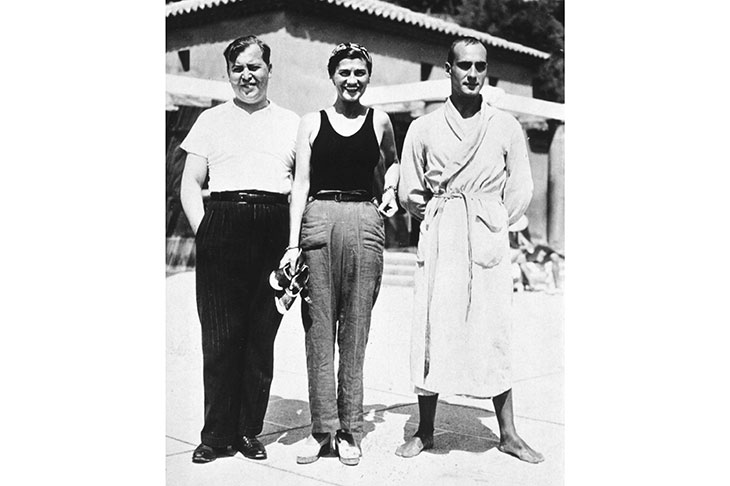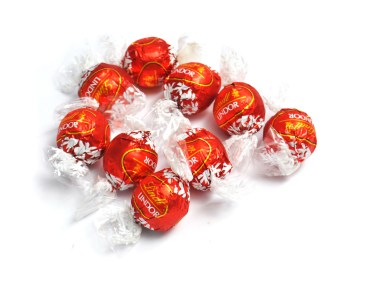Anne de Courcy, an escapee from tabloid journalism, has become a polished historian of British high society in the 20th century. Her book The Viceroy’s Daughters, an account of the three daughters of Lord Curzon, marked her transition from debutante-itis to something grittier. It was followed by a biography of Diana Mosley, published a few months after Mosley’s death. When I questioned Diana about it she told me that her previous biographer, Jan Dalley, had been frightened to ask anything too personal, but that De Courcy had been robust and unafraid to probe.
That fearlessness was most in evidence in De Courcy’s biography of Lord Snowdon, published in 2008, which in its way was as much of a breakthrough as Michael Holroyd’s life of Lytton Strachey had been in the 1960s. The latter was the first serious biography to incorporate details of a subject’s erotic life. De Courcy’s Snowdon did this with the earl’s approval and was published while he was still alive. Since Snowdon emerges in a bad light, how did De Courcy get him to co-operate? My guess is that they came to an understanding: she would avoid the gay stuff, if he would allow the straight stuff; but I don’t know, and it is still astonishing to read.
My expectations, therefore, of Chanel’s Riviera were high. But the book is weirdly out of focus from the beginning. There is a short introduction, followed by a short prologue, which more or less repeats what the introduction says. The text proper opens with an account of Chanel’s affair with Bendor Westminster — which took place in the 1920s and ended in 1930, the year this book supposedly begins. Chanel is described as ‘beautiful, elegant, witty and fiercely independent’. She wasn’t beautiful, but she was smart.








Comments
Join the debate for just £1 a month
Be part of the conversation with other Spectator readers by getting your first three months for £3.
UNLOCK ACCESS Just £1 a monthAlready a subscriber? Log in